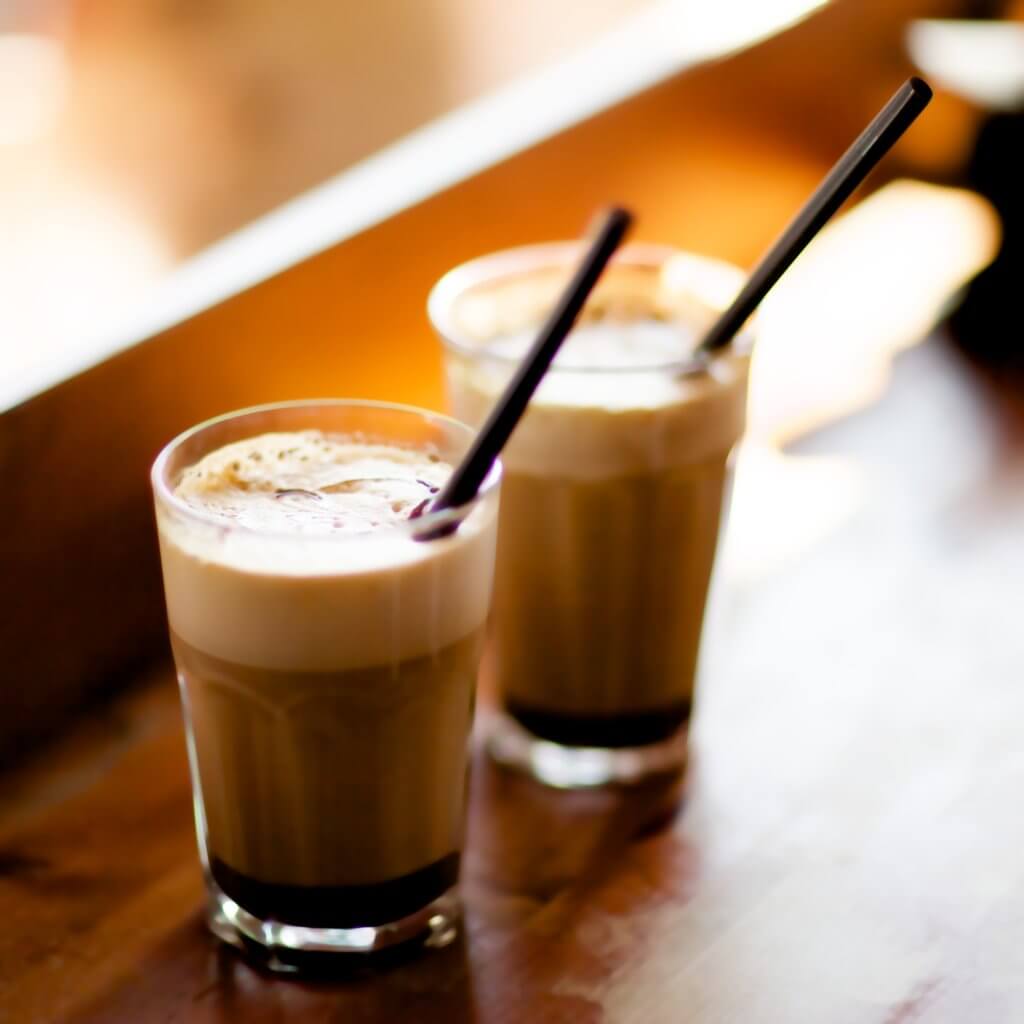Exploring the Science and Taste Changes
There’s nothing quite like a warm cup of coffee to start your day or provide a comforting break. But what happens when that cup of java goes from steaming hot to lukewarm or cold? In this blog post, we will delve into the science behind what happens to coffee as it cools down, exploring the effects on taste, aroma, and overall enjoyment. Join us as we uncover the mysteries of why coffee changes when it gets cold and how you can make the most of every sip.
The Cooling Process: When Coffee Gets Cold?
As coffee starts to cool, a series of chemical reactions take place. Initially, the rate of cooling is rapid, with the transfer of heat to the surrounding environment. Once the coffee reaches the same temperature as its surroundings, the cooling rate slows down. This gradual cooling allows time for specific changes in the coffee’s composition.
Flavour and Aroma Changes:
a. Perception of Acidity: As coffee cools, the perception of acidity can decrease. The flavors that are prominent when hot, such as brightness and fruity notes, may become less pronounced. This change can be advantageous for those who find high acidity coffee overwhelming but may disappoint those who enjoy the vibrant acidity in their brew.
b. Bitterness Intensification: On the other hand, the perception of bitterness often intensifies as coffee cools. Bitter compounds that are less noticeable when hot become more apparent as the temperature drops. This can be attributed to the cooling effect on taste receptors and the release of certain compounds that contribute to bitterness.
c. Mouthfeel and Body: The mouthfeel and body of coffee can also be affected by temperature changes. As coffee cools, it may become thinner and less viscous, altering the overall sensory experience. The loss of heat can also lead to decreased perception of sweetness and richness.
Temperature Management Tips:
a. Preheating: To minimize the negative effects of cooling, preheating your coffee cup or mug can help retain the temperature for a longer period. Simply pour hot water into the cup for a few seconds, then discard the water before pouring your freshly brewed coffee.
b. Thermal Insulation: Using a well-insulated coffee mug or thermos can help maintain the temperature of your coffee for an extended period. Look for vacuum-sealed, double-walled containers that can keep your coffee hot for hours.
c. Small Servings: Instead of pouring a large cup of coffee that may cool down before you can finish it, consider serving smaller portions and refilling as needed. This allows you to enjoy your coffee at an optimal temperature throughout.
Utilizing Cold Coffee:
While we often prefer our coffee hot, there are creative ways to repurpose cold coffee. Cold brew, for instance, is a popular alternative that involves steeping coffee grounds in cold water for an extended period. This method produces a smooth and less acidic brew that is served cold or over ice. Additionally, cold coffee can be used in various culinary recipes, such as iced coffee desserts, coffee-infused cocktails, or even as an ingredient in marinades or sauces.
While coffee may undergo flavor and aroma changes as it cools, understanding these transformations allows us to appreciate and enjoy coffee at any temperature. Whether you prefer your brew piping hot or embrace the coolness of iced coffee, the key is to experiment and find the temperature that suits your taste preferences. So, next time your cup of coffee cools down, savor the unique characteristics that arise, and consider exploring new ways to enjoy both hot and cold coffee experiences.


